One of the special components offered as part of Tokyo Tech's Super Smart Society Engineering Program (SSSEP), Program for Highly-skilled Professionals for a Smart Society Supported by Advanced Materials and Chemical Technology (SSMCT), and Global Engineering Program for Inclusive Society and Sustainable Environment (ISSEP) — all International Graduate Programs — is the Sustainable Engineering Technology (SET) course. Held for the 12th consecutive year from December 2018 to February 2019, SET included a two-day one-night satellite seminar in late February during which 48 students from 15 countries and regions, 9 Teaching Assistants (TAs), and 7 academic staff members gathered to discuss this year's theme — Energy and Global Environment.
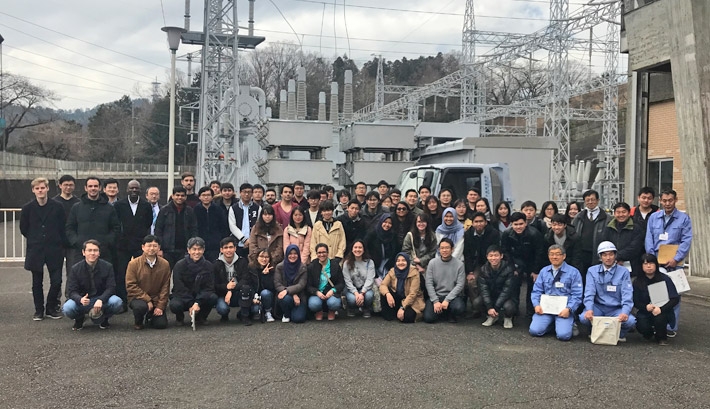
Group photo at Shiroyama Power Plant
Prior to the satellite seminar, the students participated in a series of lectures given by the Central Research Institute of Electric Power Industry (CRIEPI) and the Institute for Global Environmental Strategies (IGES) on current energy demand reduction and energy-saving technologies, as well as other approaches that promote a more sustainable society. The seminar itself included visits to Shiroyama Power Plant and IGES headquarters, and culminated in group presentations on topics falling within the realm of Energy and Global Environment.
Day 1
On the first day, participants visited Shiroyama Power Plant, one of Japan's oldest pumped-storage hydroelectric plants in operation. The plant utilizes redundant electricity in the Tokyo area to pump water from Lake Tsukui to Lake Shiroyama, an artificial lake, as a means to store electricity. At the request of Tokyo Electric Power Company, the plant can generate electricity from hydropower.
During this visit, students toured a power generation facility located 230 meters underground that plays a key role in providing electricity to the Kanto region. This included a detailed outline of a 250,000-kW generator-motor, which functions as a generator during power generation and a motor during water pumping.
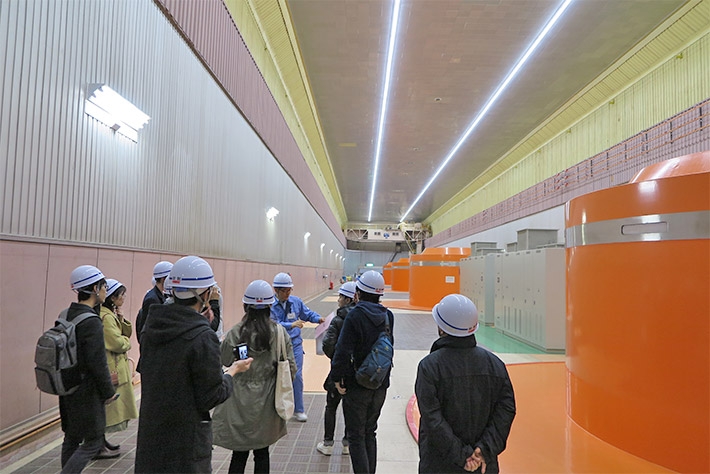
230 m-deep underground power generation facility
In the afternoon, students moved to IGES headquarters in Hayama, Kanagawa Prefecture, where they were treated to a lecture on sustainable garbage disposal issues in Phnom Penh, Cambodia. In Phnom Penh, most garbage is disposed in landfills. Group discussions were held to brainstorm whether constructive systems such as recycling and incineration plants could be introduced to improve the situation, and how feasible each measure would be from the viewpoint of directly affected stakeholders.
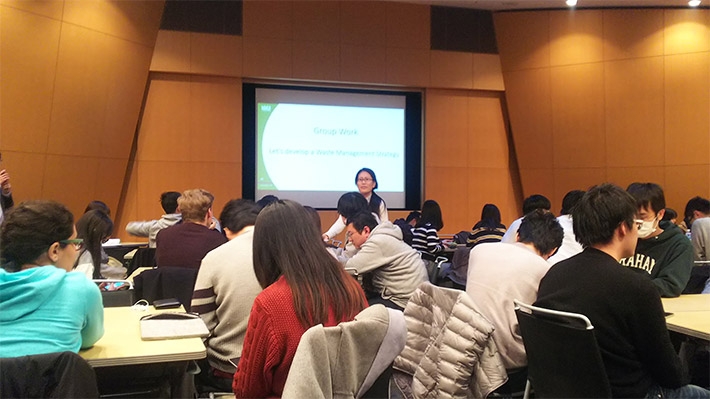
Group discussion at IGES
After the discussions, students moved to their hotel in Miura City, Kanagawa Prefecture, where, after dinner, participants from 15 countries and regions introduced the culture of their homelands through native songs and other performances. Students then worked late into the night to finalize their presentations for the second day.
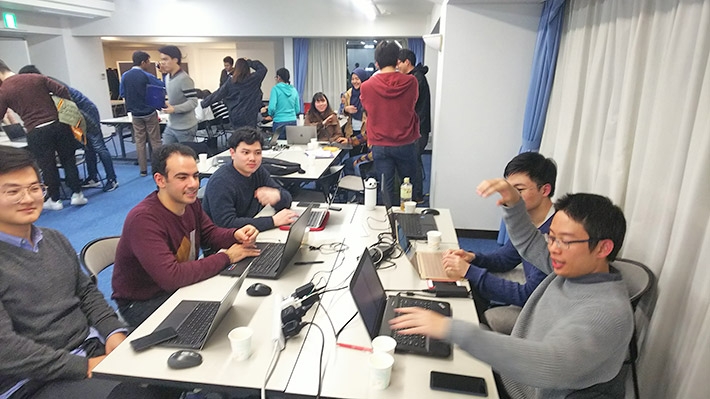
Finalization of presentations after dinner
Day 2
On Day 2, nine groups made up of roughly six students and one TA each held 15-minute speeches followed by 10-minute Q&A sessions. The culturally and academically diverse groups offered innovative ideas and approaches to realize a more sustainable society. Participants commented on existing technologies and suggested possible improvements regarding energy demand and garbage disposal, and frankly discussed the feasibility of each proposal. To wrap up the session, the top three presentations and discussion participants were selected, and academic staff offered their final comments.
Group No. |
Title of presentation |
1 |
Shock !!! The Best Next Generation Vehicles Turn to be ... |
2 |
Environmental Server Cooling |
3 |
Hydrogen and Fuel Cell |
4 |
Community Based Waste Management : Waste Monetisation Through Recycling and Energy Conversion |
5 |
Can Green Go Back |
6 |
Future of Sustainable Infrastructure – Smart Building |
7 |
Possible Solution for Marine Plastic Pollution |
8 |
Decentralization Energy System in Beijing |
9 |
Carbon Neutral Technologies to Mitigate Carbon Emission in Energy Sector |
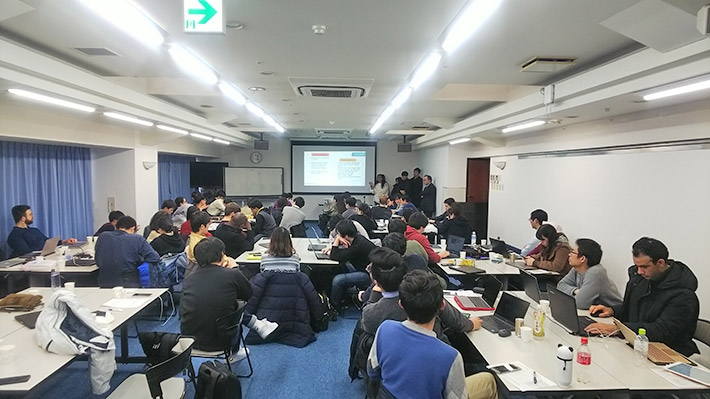
Group presentation and discussion
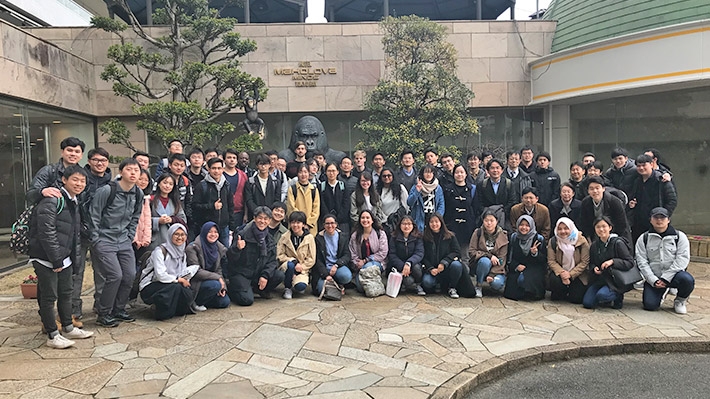
Group photo after seminar
Comments from students
Lu Yi, 2nd-year master's student, Chemical Science and Engineering
Thijs van der Gaag, 2nd-year master's student, Nuclear Engineering
‘Towards a sustainable society: Energy and Global environment' is a wide theme, and our group members felt it was difficult to select a suitable topic to introduce at the very beginning. In addition, it was not an easy job to communicate with people with different mother tongues from various research fields. However, with advice from our TA, we made every effort to improve our presentation skills. The strong motivation of other members throughout the satellite seminar also inspired us to try our best. We would like to express our gratitude to the ladies and gentlemen from CRIEPI, IGES, the Shiroyama Power Plant, and the academic staff of Tokyo Tech for providing this precious opportunity.
. Any information published on this site will be valid in relation to Science Tokyo.








